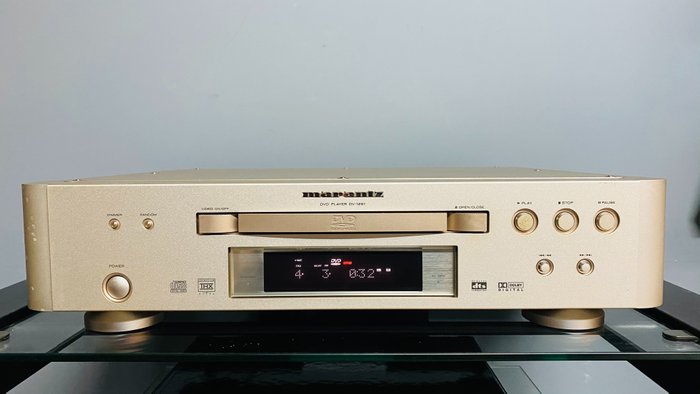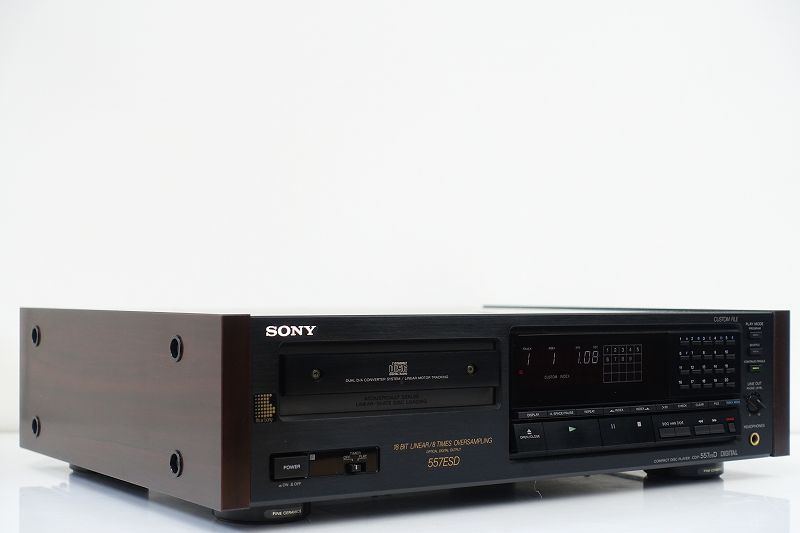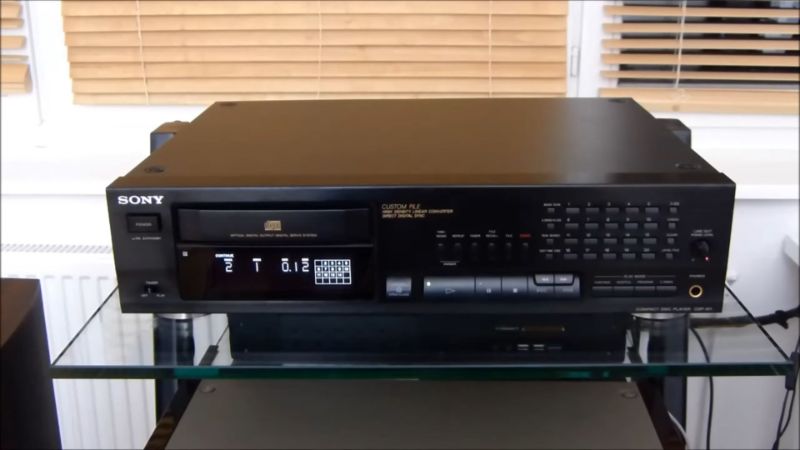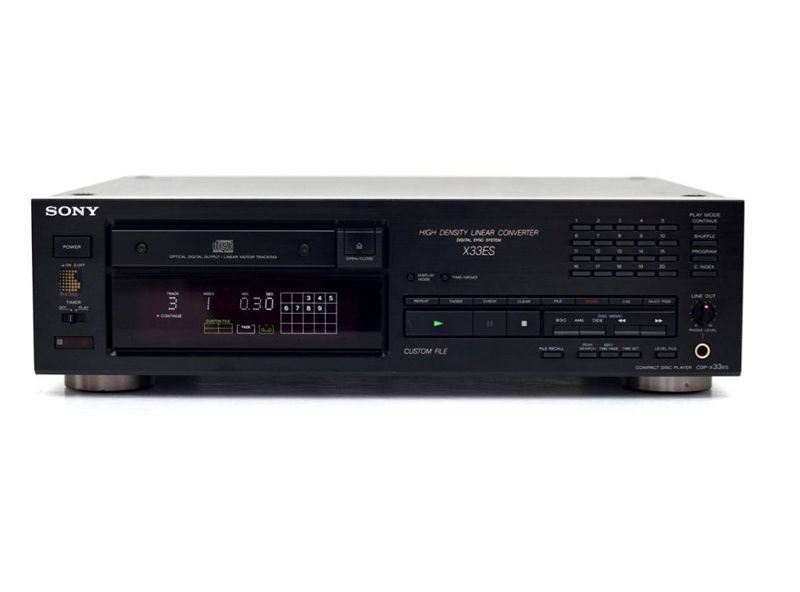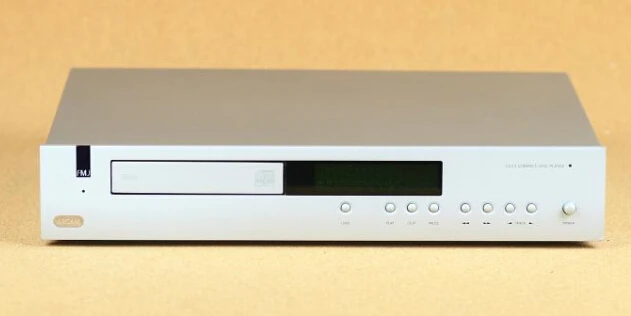The DVD-Audio vs. SACD conflict was raging by 2002. Many manufacturers first pledged their allegiance to one format, but quickly realized that they needed to support both new hi-res disc formats. Because this was before the age of so-called “universal” players, most businesses offered a choice of two models that were essentially the same. For Marantz, there was the SA-12 for CD and SACD playback, and the DV-12S1 for CD and DVD-Audio – as well as DVD-Video, of course.
Let us not forget that the SA-1, Marantz’s first ever SACD spinner, was just two years old at the time, and the SA-12S1 arrived eighteen months later, complete with multichannel SACD and DVD video playback. Only a year later, the £2,500 DV-12S1 introduced DVD-A. It was ostensibly designed to be hooked into a TV and utilized as part of a 5.1 channel system, but it also has two channel RCA phono outputs and the ability to output stereo, downmixed, if necessary, via its on-screen menu. The DV-12S1’s most important control, besides from the on/off, open/close, and play buttons, is the ‘video off’ switch. When combined with the ‘display off,’ it transforms a good-sounding DVD-A player into something much more serious.
The 458x110x392mm case, in keeping with Marantz tradition, holds more copper than a jukebox full of quarters. The exteriors are made of solid diecast aluminium that has been painted in the ‘house’ champagne gold color. The player’s inside is neatly divided into numerous parts (audio, video, power supply, and so on), all of which are separated by copper divides. The front channels are handled by two 24/192 digital converters, while the center, surround, and sub channels are handled by 24/96 DACs. The power is supplied by Marantz’s Super-Ring toroidal transformer, which is complemented with passive componentry, high-grade internal wiring, copper HDAM op-amps, copper grounded circuit boards, and an ultra-low jitter master clock.
The DV-12S1 has a sophisticated appearance from the outside. It’s sturdy, as seen by the 13.2kg kerb weight, and well-equipped, with tactile metal buttons, a bright blue display, and a stunning metal remote control. The overall effect is similar to that of the CD-17KI Signature from a few years ago. It’s a touch slow to access CDs, but plug it into a TV and the On Screen Display, which is identical to that seen on Pioneer machines of the time, will amaze you.
When you put a regular 16/44 Compact Disc in the DV-12, as soon as the video circuitry is rested, this player shines. Suddenly, its nebulous and pleasant demeanor tightens, punches, and becomes strong. It has a rich, substantial, and tuneful bottom end — if not the tightest in the industry. The midband is likewise commendably smooth and detailed, and the treble performance is the definition of excellent breeding, with no brittleness in the cymbals or female vocals, as is typical of CDs. This is in stark contrast to Denon’s DVD-A1 spinning CDs, which have a hazy, rolled-off, sat-upon sound.
It’s a fairly unobtrusive performer. Denon’s then-rival DVD-A1 adds a bit extra oomph, but with a good recording, you can expect a robust bass – albeit a little warm in the Marantz style. The midband is clean, smooth, and even, with great imaging and depth perspective, as well as beautiful treble. The tone palette is wonderfully diverse, with remarkable delicacy in its handling of the texture and grain of the voices and instruments it is supposed to replicate. True, the DV-12 still sounds digital, but not as much as rival DVD-A spinners from the same era. It’s worth noting, too, that its SA-12 SACD stablemate is even smoother – the latter sounds much softer around the edges.
The DV-12S1 from Marantz was a powerful performer in its day. It could span CDs with fidelity comparable to an Arcam FMJ CD23T, a high-end CD-only system. They’re becoming increasingly rare these days, but if you’re searching for a period piece, a couple of hundred pounds will get you one.

